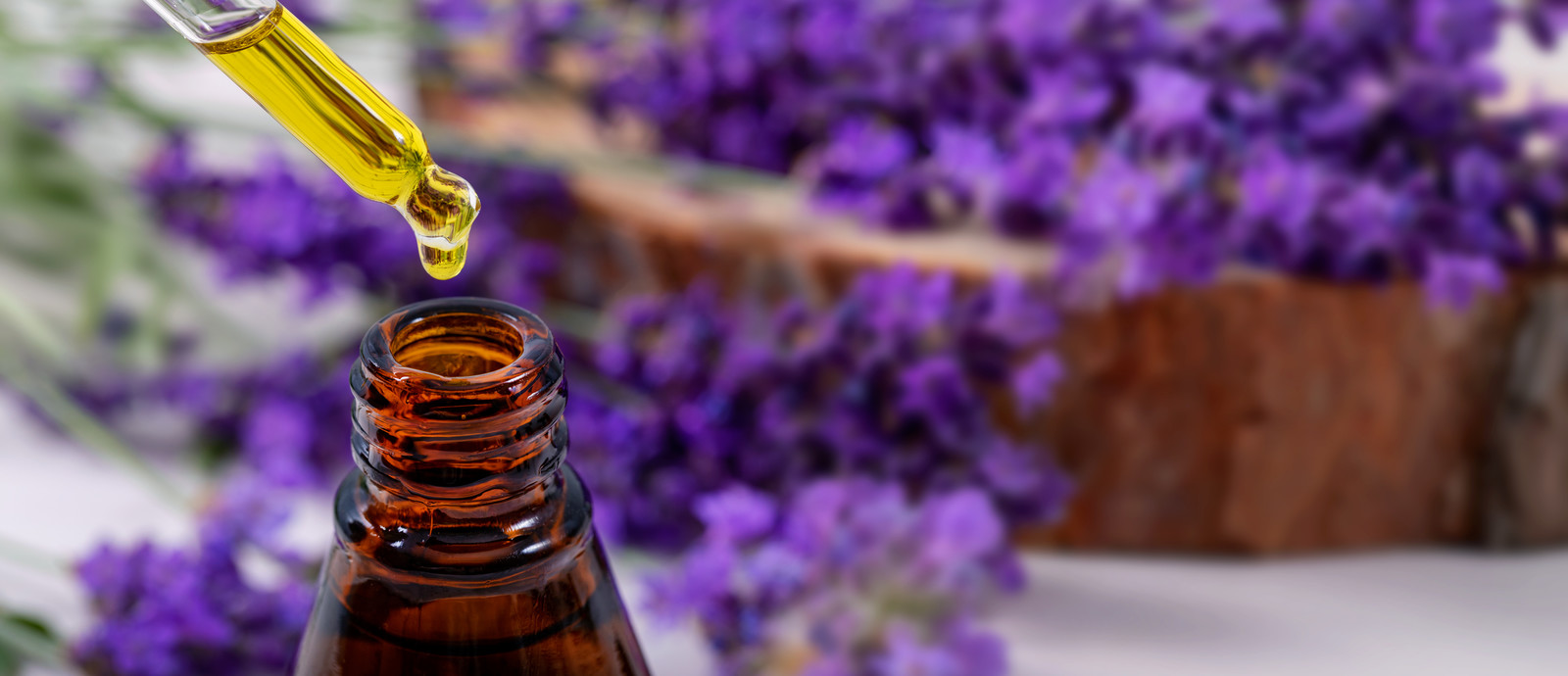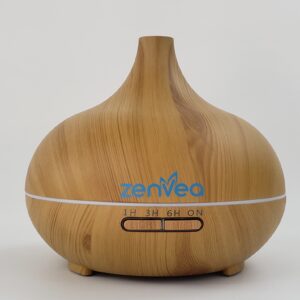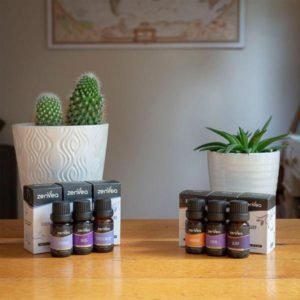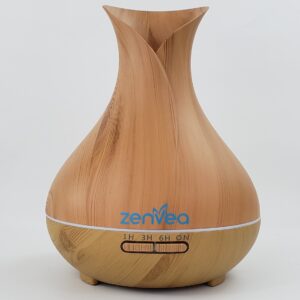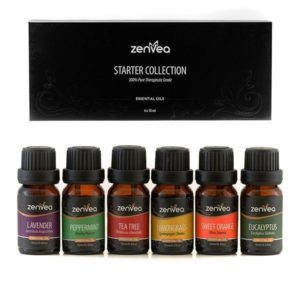(c) Can Stock Photo / ronstik
Essential Oils Uses and Benefits
Essential oils have been used for centuries to improve emotional and physical wellbeing.
Numerous essential oils have been found to have various degrees of antimicrobial activity and are believed to have antibacterial, antiviral, antifungal, insecticidal, anti-inflammatory and antioxidant properties.
There are a variety of methods for essential oil uses, and although some essential oils can be ingested (with extreme care and only with oils that are certified for ingestion) they are primarily used through inhalation or topical application.
As some people may have sensitivities to particular essential oils, and some may exacerbate health conditions or trigger other hazards, it is important to research proper essential oil uses prior to application, or consult a healthcare professional.
What Are Essential Oils Good For?
Essential oils are believed to provide numerous health benefits and to improve mood, aid focus, and decrease stress, anxiety and depression. Different oils have different benefits, but it’s important to understand that aromatherapy is a complementary treatment. It does not provide a cure for diseases, skin problems or illnesses, but it can support conventional treatment of various conditions.
Essential oils and aromatherapy are believed to provide numerous benefits including:
- Helping to alleviate nausea and improving digestive problems
- Easing pain, muscle or joint aches, and headaches
- Aiding in anxiety, stress, and depression and improving overall mood
- Assisting with concentration and focus while working or studying
- Promoting calm feelings, relaxation, and improving sleep
- Supporting improved circulation
- Speeding healing from illnesses and minor wounds
- Helping to alleviate menstrual and menopausal related symptoms
- Supporting respiratory functions, and reducing the severity of cold symptoms
How to Use Essential Oils Guide: Uses and Safety
As noted, the primary methods for essential oils uses are inhalation, topical application, and ingestion. When storing essential oils, it is important to be aware that light, heat, and oxygen can affect the integrity of the oil.
Inhalation
With inhalation, essential oils are breathed in directly, evaporated into the air using an essential oil diffuser, or combined with steam in a bath, shower or facial steam. In addition to providing a pleasing aroma, aromatherapy can provide assistance in respiratory disinfection, as a decongestant, and provide psychological benefits.
Inhaling essential oils stimulates the olfactory system. Molecules that enter the nose or mouth pass to the lungs, and are then delivered throughout the body. The molecules affect the limbic system, which is linked to emotions, heart rate, blood pressure, breathing, memory, stress, and hormone balance. In this way, essential oils can have a subtle, yet holistic effect on the body.
Topical Application
Some essential oils (such as lavender and tea tree oil) are considered safe to be applied directly to the skin, also known as ‘neat’, although some people still have sensitivities to these oils, they must not be overused and it’s always best to dilute in carrier oil. Research each oil you plan to use topically as they vary in strength and potency and some must be diluted more than others. It is recommended to conduct an allergy patch test prior to topical use.
Once combined with a carrier oil, essential oils can be massaged into the skin to increase absorption and boost circulation. Common carrier oils include sweet almond oil, grapeseed oil, apricot oil, olive oil, rosehip oil, jojoba oil, coconut oil, avocado oil, and grapeseed oil.
Concentration for dilution is usually a few drops of essential oil to an ounce of carrier oil. To achieve a 0.5-1% dilution, use 3-6 drops of essential oil per ounce of carrier. A maximum concentration of 5% is generally considered safe for adults, but this depends on the specific essential oil used. For 5% dilution, add 30 drops per ounce of carrier oil.
To conduct an allergy patch test:
- Dilute the essential oil in a carrier oil at the concentration you plan to use
- Massage the mixture into an area the size of a quarter on the inside of your forearm
If there is no allergic response within 24 to 48 hours, it should be safe to use. However, some people report developing allergies to essential oils after using them many times before. If a new allergic response appears, stop using the essential oil immediately.
Ingestion
Ingesting essential oils is generally not recommended as some oils can cause digestive upset, damage to the liver or kidneys, or can interact with other drugs. However, many people do use essential oils internally, such as adding a drop or two of grapefruit oil to a glass of water to support metabolism and encourage weight loss.
If you plan to try ingesting essential oils, ensure the oil is certified for internal use and carefully research each oil prior to internal use. If in doubt, consult with a healthcare professional.
Cautions
- Since essential oils cause reactions in the body, not all oils will benefit everyone.
- Always consult a healthcare practitioner if you are under medical care. Chemical compounds in essential oils can affect the function of conventional drugs, or they may exacerbate some health conditions. Individuals with high blood pressure should avoid stimulating oils, and those with allergies, asthma, epilepsy, and skin conditions such as eczema or psoriasis should take extra caution.
- If pregnant or nursing, consult a doctor prior to use.
- Essential oils derived from citrus may make the skin more sensitive to ultraviolet light, increasing the risk of sunburn.
